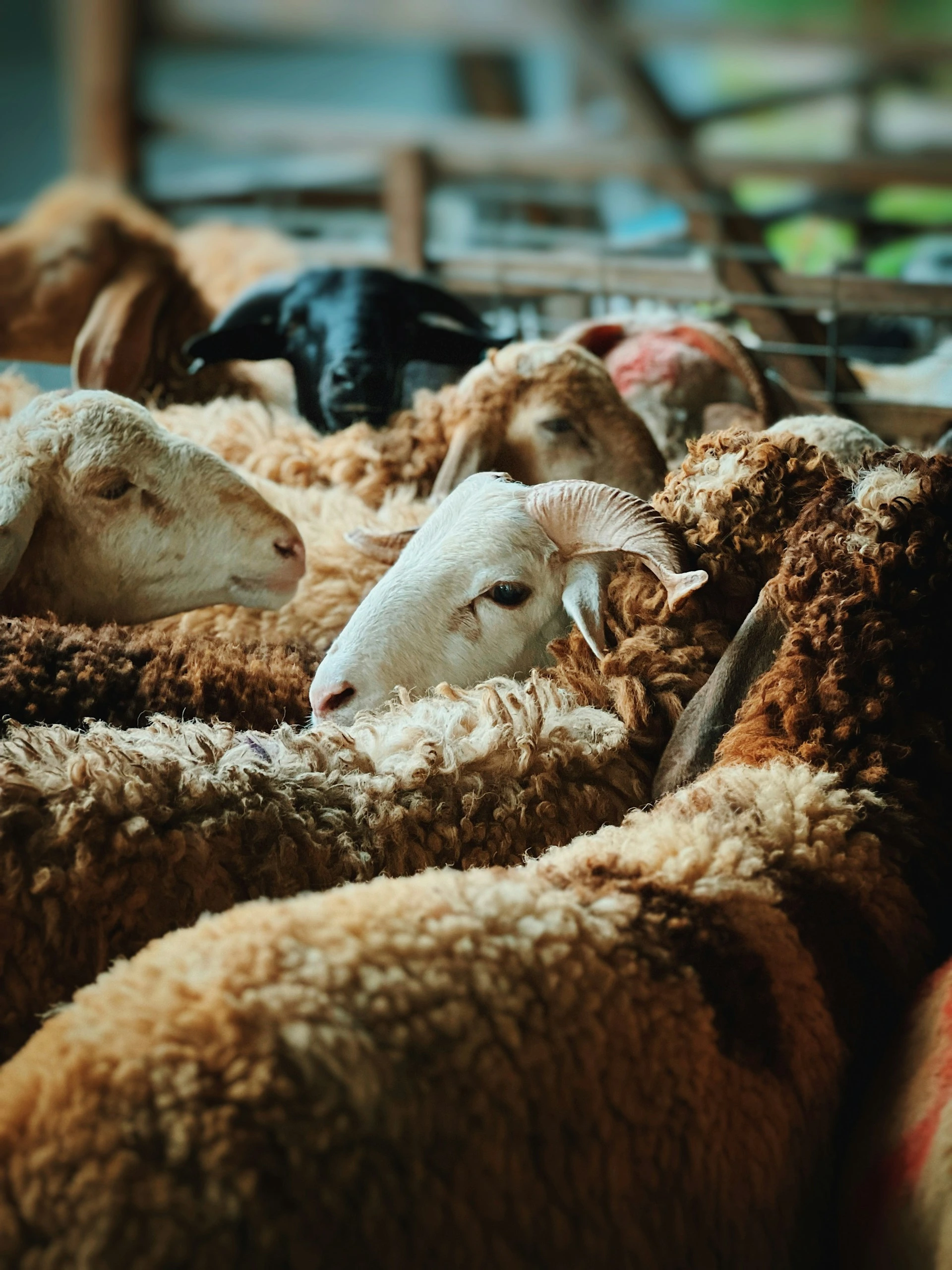The Virtues of Qurban: Understanding the Spiritual and Social Value Behind Eid al-Adha
Delving into the profound meaning of the sacrifice ritual during Eid al-Adha, from its spiritual dimension to its social impact on community unity.

Eid al-Adha, also known as the Festival of Sacrifice, is one of the most significant celebrations in the Islamic calendar, observed annually on the 10th of Dzulhijjah. More than just a celebration, Eid al-Adha carries profound wisdom and virtues, encompassing both spiritual and social dimensions. The ritual of Qurban, the sacrifice of livestock such as cows, goats, or sheep, lies at the heart of this celebration, reflecting obedience, sacrifice, and care for others.
Spiritual Dimension: Drawing Closer to the Divine
The act of Qurban is a manifestation of a servant’s obedience to the command of Allah SWT. The story of Prophet Ibrahim (Abraham) AS, who wholeheartedly agreed to sacrifice his son, Prophet Ismail (Ishmael) AS, upon Allah’s command, is the primary foundation of this worship. This narrative teaches us about the ultimate degree of devotion and sincerity without limits.
Spiritual Benefits for the Performer of Qurban:
- Increased Piety and Sincerity: Performing Qurban trains a Muslim to be more sincere and submissive to Allah’s will, letting go of worldly attachments to attain His pleasure. This is a tangible proof of faith.
- Atonement for Sins and Multiplied Rewards: Prophet Muhammad PBUH said, “There is no deed more beloved to Allah on the Day of Sacrifice (Eid al-Adha) than the shedding of blood (slaughtering the sacrifice). Indeed, it (the sacrificial animal) will come on the Day of Judgment with its horns, fur, and hooves. And verily, its blood reaches Allah before it falls to the ground. So rejoice in it.” (HR. Tirmidhi and Ibn Majah). This highlights the immense reward for those who perform Qurban.
- Expression of Gratitude: Qurban is also an expression of gratitude for the blessings and sustenance Allah has bestowed. By sharing, a Muslim shows thankfulness for the abundance received.
- Emulating Prophet Ibrahim AS: Performing Qurban is part of an effort to emulate the extraordinary patience, sincerity, and obedience of Prophet Ibrahim AS.
Social Dimension: Building Solidarity and Justice
Beyond its spiritual value, Qurban also has a very significant social impact. The philosophy behind distributing the Qurban meat is to ensure that the joy of Eid al-Adha can be felt by all segments of society, especially the less fortunate.
Social Benefits for the Community:
- Strengthening Bonds of Brotherhood: The process from slaughter to the distribution of Qurban meat often involves the cooperation of many people, including Qurban committees, volunteers, and community members. This automatically strengthens social ties and a sense of togetherness.
- Helping the Needy: Qurban serves as a bridge for those who are able to share their blessings with the poor and those in need. For a large portion of the community, Qurban meat might be their only opportunity to consume a sufficient amount of meat throughout the year. This contributes to nutritional fulfillment and reduces social disparity.
- Promoting Social Justice: With the distribution of Qurban meat, wealth does not only circulate among certain groups but is also enjoyed by those who are economically less fortunate. This is a tangible manifestation of the value of justice in Islam.
- Education on Sharing: The practice of Qurban indirectly educates the community about the importance of sharing and caring for others. Children and younger generations can directly learn these noble values.
Real-World Examples of Qurban’s Impact: From History to Contemporary Practice
The impact of the Qurban ritual has been felt throughout Islamic history and continues in modern practices today.
1. Historical: The Foundation of Community Solidarity
Since the time of Prophet Muhammad PBUH, the ritual of Qurban has been a means of strengthening brotherhood and social care. Prophet Muhammad PBUH himself regularly performed Qurban and encouraged his followers to do so. This practice built a strong foundation of solidarity among Muslims, where the wealthy helped the poor, and no one felt marginalized during the holiday.
2. Contemporary Practice: Reaching Remote Areas
In the modern era, Islamic philanthropic organizations, mosques, and humanitarian institutions play a crucial role in managing and distributing Qurban meat.
- Collective Qurban Programs: Many institutions organize collective Qurban programs that allow individuals to participate at a more affordable cost. The meat from these sacrifices is then systematically distributed.
- Distribution to Remote Areas: Qurban meat is often distributed to remote and hard-to-reach areas, including disaster-stricken regions or Muslim minority areas, ensuring that they too experience the joy of Eid al-Adha and receive nutritional intake. As a real example, many social organizations in Indonesia distribute Qurban meat to remote areas of Papua or isolated regions in Kalimantan, where access to food and protein sources is often limited.
- Local Economic Empowerment: In some cases, purchasing sacrificial animals from local breeders can also have a positive impact on the economy of rural communities.
The worship of Qurban is clear proof that Islam not only teaches about the vertical relationship between humans and God (habluminallah) but also the horizontal relationship between humans and fellow beings (habluminannas). By performing Qurban, we not only draw closer to the Creator but also contribute to the creation of a more just, caring, and prosperous society. Let’s make Eid al-Adha a momentum to increase piety and strengthen the bonds of brotherhood.






Comments